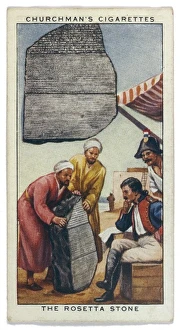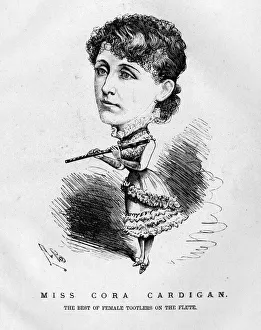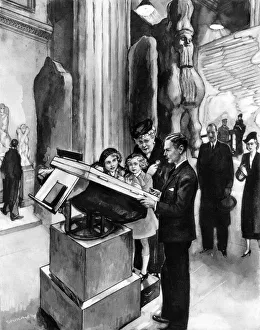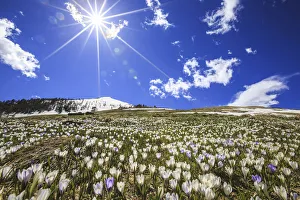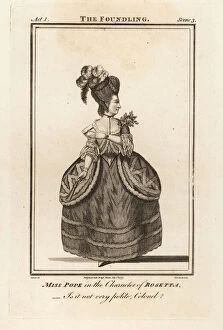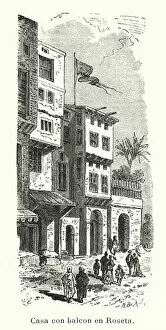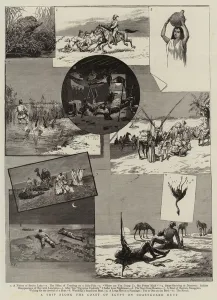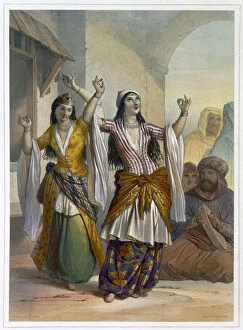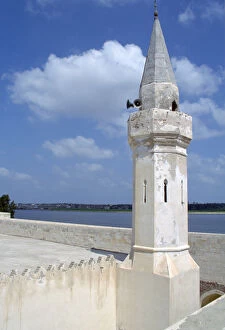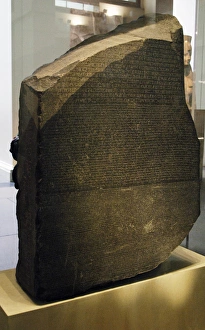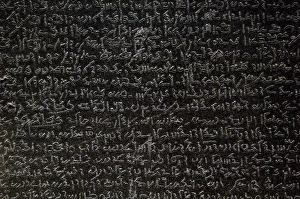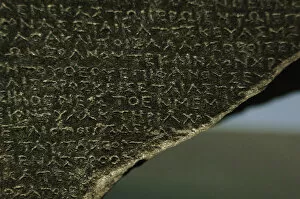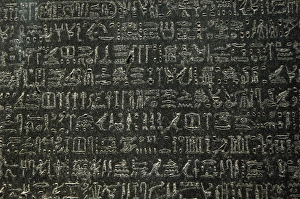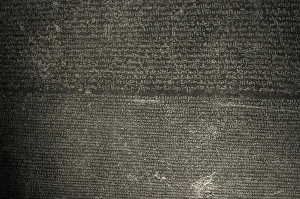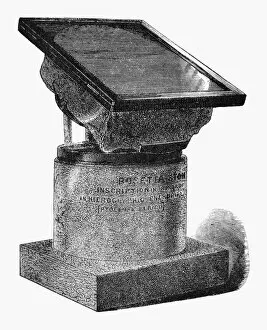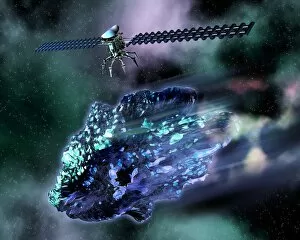Rosetta Collection
"Discovering the Mysteries of Rosetta: From Belfast to London, a Journey through History" Step into the vibrant streets of Ormeau Rd
All Professionally Made to Order for Quick Shipping
"Discovering the Mysteries of Rosetta: From Belfast to London, a Journey through History" Step into the vibrant streets of Ormeau Rd. Belfast and you'll find yourself immersed in the captivating tale of Rosetta. But this story goes far beyond its geographical boundaries, reaching back to ancient Egypt and the iconic Rosetta Stone. In 1874, at the British Museum in London, Princess Elizabeth and Margaret marveled at the grandeur of The Rosetta Stone. This monumental artifact became a symbol of deciphering hieroglyphics thanks to J F Champollion's groundbreaking work. Amidst historical events, even caricatures found their place in this narrative. A playful depiction emerged featuring Cora Cardigan, a talented flautist with an undeniable connection to Rosetta. The significance of The Rosetta Stone lies not only in its physical presence but also in its inscriptions. Hieroglyphic scripture intertwined with Demotic scripture offered invaluable insights into ancient Egyptian culture and language. As spring arrived, casting its golden rays upon Crocus blooms near top Rosetta Rasura, one couldn't help but feel connected to nature's eternal cycle – a reminder that history is ever-evolving. Beyond artifacts and landscapes, theatrical performances brought forth another facet of "Rosetta. " In 1764 at Drury Lane Theatre, Miss Jane Pope embodied the character named Rosetta from Edward Moore's play "The Foundling, " leaving audiences enthralled by her portrayal. From Belfast's bustling streets to London's prestigious museum halls; from ancient scripts etched on stone to captivating performances on stage – each chapter adds depth and richness to our understanding of "Rosetta. " It serves as a reminder that history is not confined within borders or time periods; it lives on through our curiosity and exploration.


